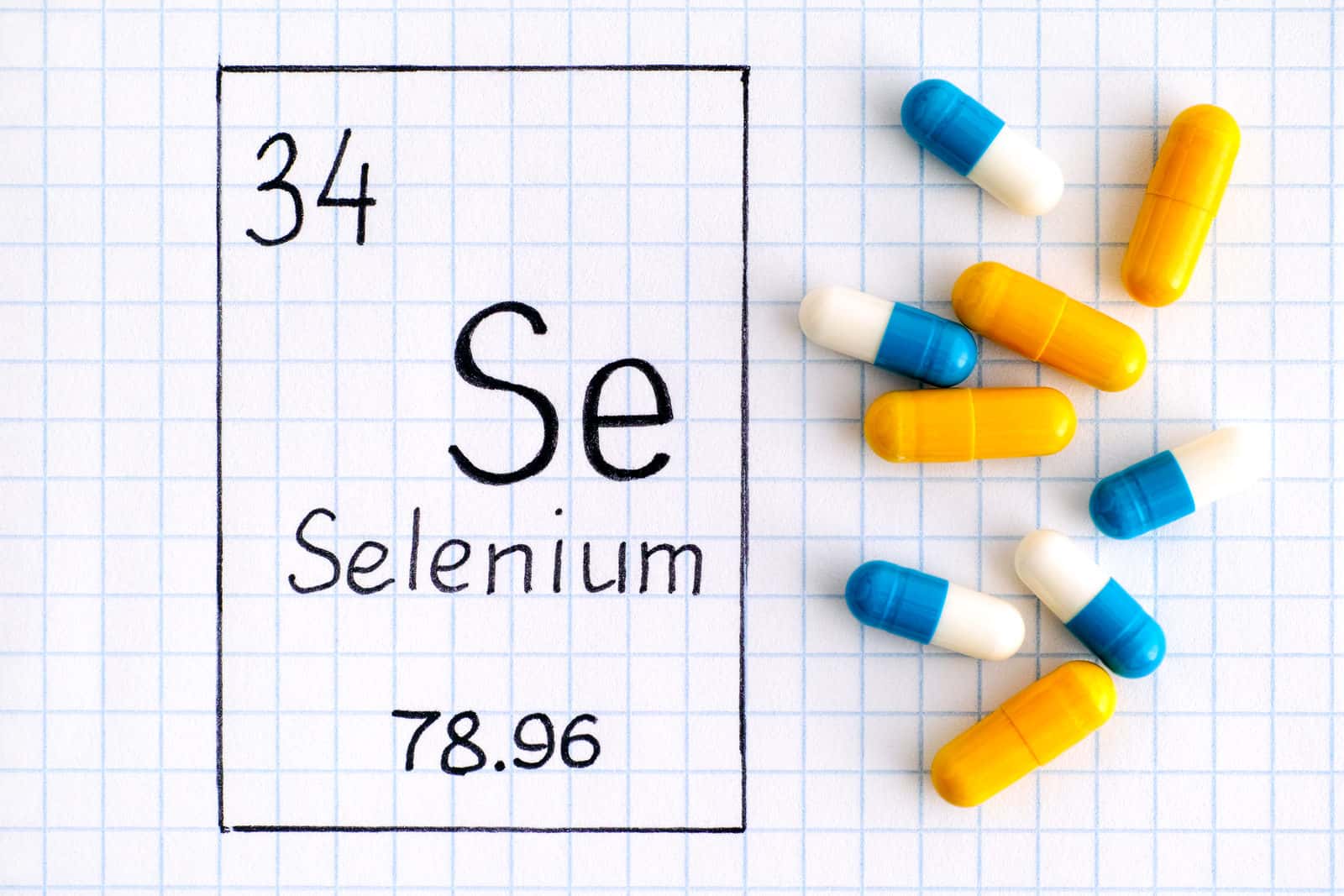
Most people who take supplements do so not expecting any type of unanticipated reaction. Occasionally, however, they get an unpleasant surprise. One reader reported that selenium supplements were linked to painful nighttime leg cramps.
Could Selenium Supplements Trigger Cramps?
Q. I began an iodine regimen this week. It requires that I supplement with selenium to offset any autoimmune reactions from the iodine. Consequently, I’ve been taking 200 mcg of selenium in the evening before bedtime.
Since beginning this regimen, I’ve awakened every night with horrific leg cramps. These are very unusual for me.
I initially attributed the leg cramps to electrolyte imbalance, but I truly think it’s the selenium specifically. I have been careful to keep my sodium, magnesium, and potassium in good order and should not be experiencing this. Does selenium cause muscle cramps?
A. We could not find any studies on this question in the medical literature. What we did find was research indicating that a selenium compound, sodium selenite, can disrupt neuromuscular function in various animals (European Journal of Pharmacology, Aug. 11, 1989; Neuropharmacology, May 1990; NeuroToxicology, Oct. 2012).
Brazil Nuts Instead of Selenium Supplements:
We don’t know how well such animal studies would apply to humans taking selenium supplements. Other readers have reported reactions similar to yours, however. Many of them ate several Brazil nuts, a rich food source of selenium, before developing leg cramps.
Here is what one person reported:
“I hadn’t eaten Brazil nuts in a long, long time. Then I ate a handful late one night and woke up after two hours with the worst leg and foot cramps of my life. Extreme pain for 20 minutes. This was not normal for me, so the next day I ate no nuts and had no cramps. The day after that, I ate just two Brazil nuts and had moderate cramps in my neck and legs. I love Brazil nuts, so I am super disappointed.”
The People’s Pharmacy Perspective:
Selenium is essential for good health. People with adequate selenium intake are less likely to develop type 2 diabetes, for instance.
Harvard researchers uncovered this link by tracking health professionals for decades (Diabetes Care, July 2012). Women in the Nurses Health Study and men in the Health Professionals Follow-Up Study answer detailed questionnaires about their diets and lifestyle every few years. In the 1980s, about 7,000 of them also submitted toenail clippings. When these artifacts were analyzed, they revealed that people getting more selenium in their diets are less likely to develop type 2 diabetes.
Foods rich in selenium include whole grains, meat, fish and nuts. Brazil nuts are an especially rich source of this mineral, but care must be taken not to overdose. Too much selenium can be toxic, and health officials suggest no one should exceed 400 micrograms per day. You would probably get that much of the mineral only by munching Brazil nuts or by taking selenium supplements.
If you would like detailed information on supplements, you may enjoy Dr. Tieraona Low Dog’s book, Fortify Your Life: Your Guide to Vitamins, Minerals, and More.
Citations
- Lin-Shiau SY et al, "Studies on the contracture of the mouse diaphragm induced by sodium selenite." European Journal of Pharmacology, Aug. 11, 1989. DOI: 10.1016/0014-2999(89)90755-3
- Lin-Shiau SY et al, "Neuromuscular actions of sodium selenite on chick biventer cervicis nerve-muscle preparation." Neuropharmacology, May 1990. DOI: 10.1016/0028-3908(90)90172-n
- Estevez AO et al, "Selenium induces cholinergic motor neuron degeneration in Caenorhabditis elegans." NeuroToxicology, Oct. 2012. DOI: 10.1016/j.neuro.2012.04.019
- Park K et al, "Toenail selenium and incidence of type 2 diabetes mellitus in U.S. men and women." Diabetes Care, July 2012. https://doi.org/10.2337/dc11-2136

